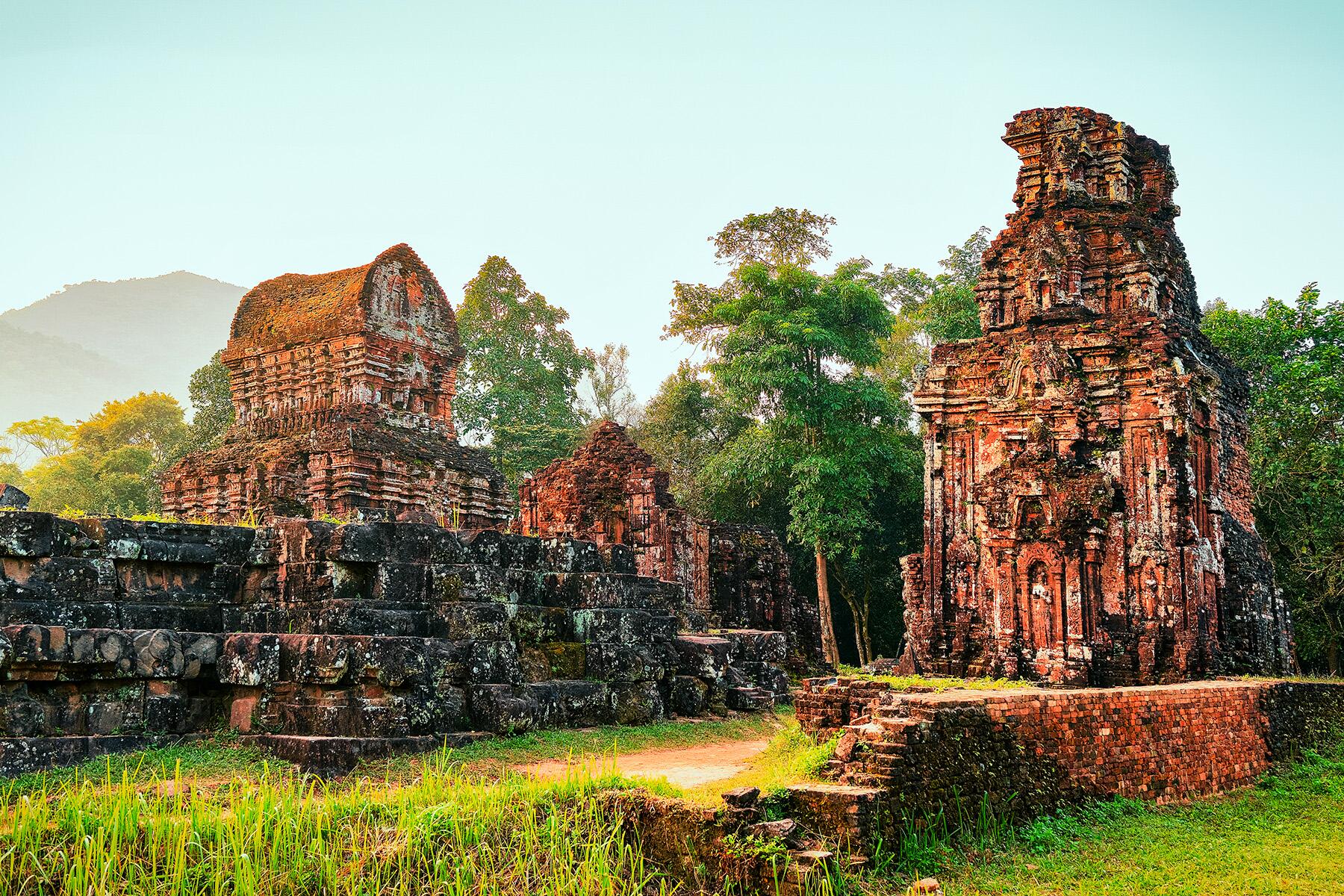The bleak legacy of a catastrophic pandemic was long hidden in a Barcelona tourist hotspot.
For hundreds of years, visitors to Barcelona’s tourist-soaked Gothic Quarter were walking on ghosts. As they wandered this historic precinct’s narrow alleys, admiring its timeworn mansions and ancient churches, they had no idea that beneath their feet lay victims of an invisible monster. The city’s gruesome history had been buried, quite literally, under its busiest neighborhood.
There, in a mass grave, were the remains of 120 victims of the worst pandemic in history. It was only in 2012 that archaeologists made this grim discovery. While excavating the grounds of a 14th-century church, the Basilica of Saints Justus and Pastor, they found these skeletons piled together and later confirmed they were victims of that infamous plague.
While mass graves linked to the Black Death have been located in England, France, and the Czech Republic, this is the only one in Spain. There must be many more such burial places concealed across the world given this pandemic is estimated to have killed up to 200 million people.
Recommended Fodor’s Video
That bubonic plague outbreak exploded in Italy in 1347 and in Spain, England, and France the following year. Unlike COVID-19, which quickly spread across the world, the Black Death was in no rush. It resembled a slow-motion tsunami. This giant infectious wave flooded one town, city, and nation after another, taking its time to lay waste to each before moving on to the next virgin territory.
The countries in its path were powerless to repel this pandemic, even with advance warning. Perched on the western edge of Europe, Spain was one of the last in line. It could see the plague looming on the horizon. Spaniards waited in fear, anticipating the arrival of this lethal swell that had already killed millions. Then, in 1348, the Black Death finally inundated Barcelona.
What made this disease even more intimidating and devastating was that it kept retreating. Like the tides in the ocean, it would pull back and then advance once more. Every time Barcelona began to recover, to repopulate, to rebuild, the infectious tsunami returned. The city was devastated by the plague five times from 1348 to 1375. By the time this disease finally took mercy on Spain, its population had plummeted from 6 million to 2.5 million people.
This history doesn’t just lurk beneath Barcelona’s Gothic Quarter. It is embedded in every street. One of the reasons this neighborhood is so popular with tourists is that it’s wonderfully authentic. It barely has been altered in centuries, with its historic architecture fiercely protected by local authorities. What that means is there are many buildings here that witnessed the catastrophic impact of the Black Death.
The Gothic Quarter’s iconic Cathedral of Barcelona was completed just before this disease arrived. Many of the tourists who pose for photos in front of this building’s 170-foot-tall central tower would be unaware that, nearly 700 years ago, people kneeled in that same spot begging the Lord for protection from an unseeable enemy.
This neighborhood was the city’s ground zero of that pandemic. That’s because, not only is it Barcelona’s oldest area, but it’s also connected to the city’s famous port. These days, that harbor receives many visitors due to its wide array of shops, restaurants, bars, and tourist attractions like Aquarium Barcelona, Port cable car, and Sant Miquel Beach. Back in the mid-1300s, it was one of the world’s busiest shipping hubs, which made it a perfect entry point for the Black Death.
This disease leaped off those ships onto Barcelona’s port, and then silently ravaged the city. By 1349, this magnificent metropolis looked like the epicenter of an apocalypse. Corpses lay in the street. The sick wandered Barcelona wailing in agony and begging for help, their skin covered in boils. Many terrified Spaniards nailed their homes shut and cowered inside, hoping they’d somehow survive.
This horrific tale is relayed to tourists at the Museum of the History of Barcelona, which flanks the Cathedral in the heart of the Gothic Quarter. This small but comprehensive facility, based inside a grand old Gothic building, explains the lasting impacts of the disaster.
With so many of its leaders, academics, and engineers having been killed by the Black Death, Barcelona was rudderless for decades. There was regular social upheaval, and many minority groups were blamed for the pandemic and victimized. It took about 200 years for the city’s population to return to pre-pandemic levels.
Many centuries later, it was overpopulation that became the problem here. In the two years prior to the coronavirus pandemic, many Barcelona residents began to revolt against what they saw as greatly excessive tourism in their city. Protests against “overtourism” became commonplace in Barcelona, which, according to The Guardian, received more than 30 million visitors in 2017.
These hordes of tourists were widely portrayed as a plague of sorts. Then, just over a year ago, a real pandemic struck. In centuries from now, travelers may well be navigating the historic streets of the Gothic Quarter hearing tales of how it was not only decimated by the Black Death but also suffocated by COVID-19.









